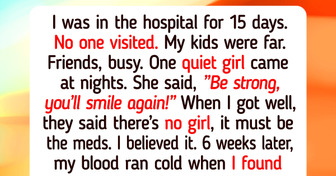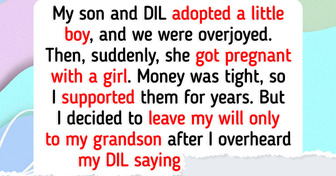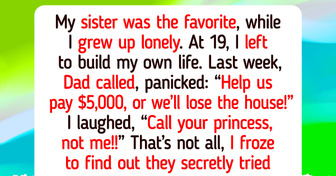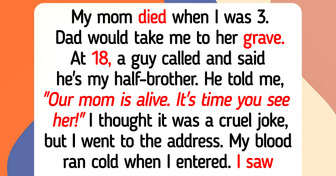An Artist Redesigns Disney Characters to Fit Today’s Beauty Standards

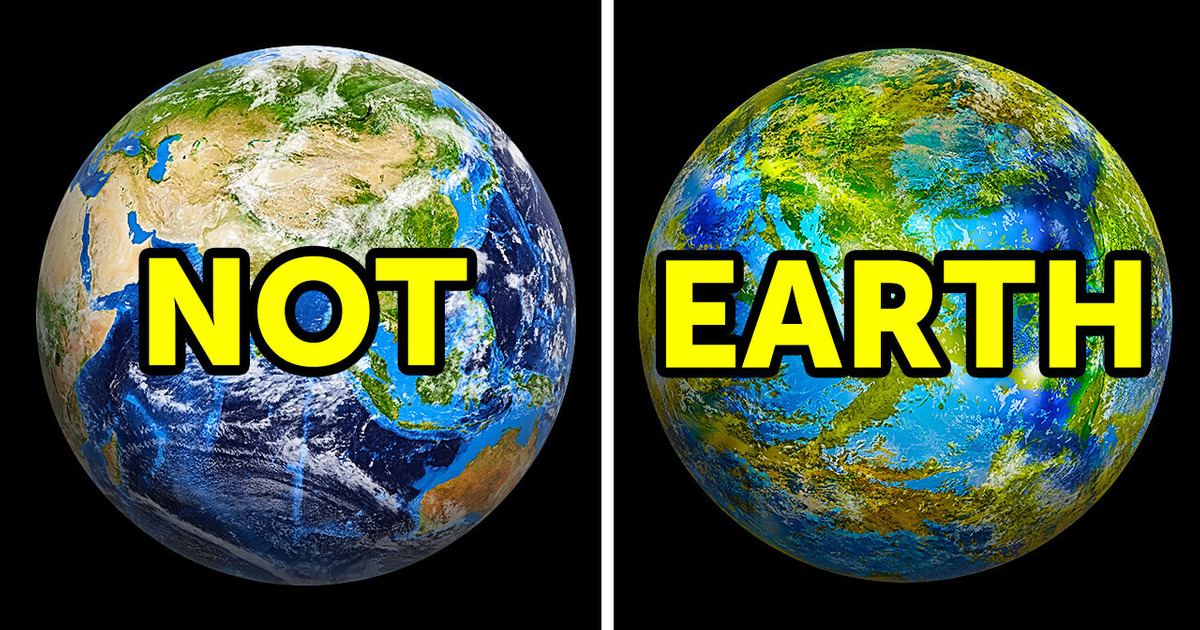
The only life that we are certain about so far in the entire universe is on planet Earth. (Whether that life is intelligent is... let’s say, arguable.) But anyway, it’s not surprising that we’re tirelessly searching for life on other planets. So far, they’ve discovered more than 4,000 of them!
But what’s even cooler NASA has compiled a new list of 24 planets that aren’t just “Earth-like” ... They’re BETTER. The conditions on them are so good that they’re more comfortable than on our planet! So let’s examine some of them.
KOI 5715.01. Hmm, let’s be coy (KOI), shall we? This wonderful planet is in the constellation Cygnus. And why is it so wonderful? Well, our Sun is a yellow dwarf. And sorry, Sun — even though you’re not bad at supporting life, there are some stars that can do it better. Nothing personal.

The planet KOI-5715.01 orbits near an orange dwarf. Orange dwarfs are stars slightly smaller than our Sun and have a little lower luminosity. Did you like the alliteration, there? Anyway, don’t worry, it doesn’t mean we’re going to live in complete darkness! In fact, if the planet is found closer to the Sun, and it has a thicker atmosphere, it may even be lighter and more colorful than on Earth!
Our Sun has a very short lifespan. Right now, it has 7-8 billion years left to live — a little longer than the Earth’s age. But orange dwarfs can live from 45 to 70 billion years! This is great not only because we’ll be able to hang out on this planet longer, but also because the planets around these stars have more time to form life.
Ideally, we need to find a planet next to an orange dwarf that is about seven billion years old. It’s very likely that there will be at least SOME organisms there. KOI 5715.01 is about 5.5 billion years old. Yeah, it may not seem mature enough, but that’s okay! Neither do I! Our Earth is a billion years younger, and that didn’t stop us.
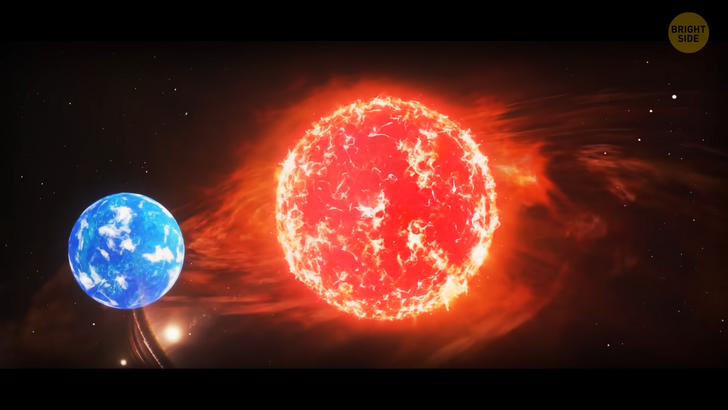
The planet is quite close to its star and is in a habitable zone. 1 year there lasts 190 days... Imagine going to elementary school and already getting a driver’s license. It’s almost two times larger than the Earth. The average temperature there is 52°F, which is slightly less than ours (57°F). But it most likely feels warmer there, because strong gravity helps it hold onto heat in the atmosphere longer. It’s a little too far away though... Like, 3,000 light-years from Earth. Which is about 18 quadrillion miles... Yup, better bring a really big lunch with you. KOI-3010.01. This planet is found next to the star KOI-2010. This planet sounds like a very pleasant world!
The average temperature on this planet is 67°F, so a little warmer than ours. But that’s a good thing! Scientists believe that on a “perfect planet,” the temperature should be just about 10 degrees hotter than on the Earth. The more heat there is on the planet, the more comfortable it’s to live there. Also, the higher chances of developing life! The radius of this planet is nearly 1 & 1/2 times larger than Earth. There’s some atmosphere, although we’re not yet sure about its composition. But it’s probably like the Earth’s.
Scientists think that we’ll find an ocean there, and it can cover up to 60% of the surface. Which is also cool! In a “perfect world,” water and land should be distributed more evenly than on our planet. A little more land means a little more territory and resources, right? But listen, this planet is actually VERY similar to the Earth. The resemblance is so striking that scientists believe that we have an 84% chance to find life there! Of course, not necessarily an intelligent life... But at least some animals. Wouldn’t that be cool?
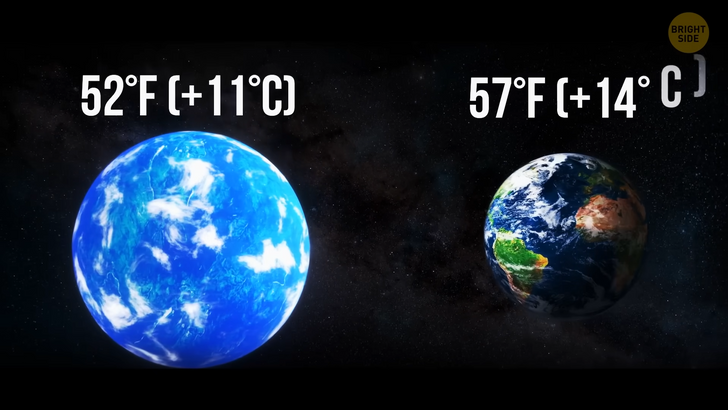
What do you think they could look like? Hmm, very Earth-like planet, but with stronger gravity... If someone lives there, they’re probably big but have a small height and strong little legs. Sounds adorable and scary. But we won’t be able to find out the truth anytime soon. So far, for us, these planets are microscopic dots in space. We only have some dry, boring data about them, and don’t even know what they look like. We’ll have to wait until we can find a way to get closer to these planets.
Kepler 186f. This is also one of the best candidates for having life. This rather cute planet was nicknamed “the Earth’s cousin” because it does have a strong resemblance. Anyway, these two planets are like sisters, not twins. Kepler 186f rotates near the red dwarf. Red dwarfs are stars even dimmer and smaller than orange dwarfs. Yeah, they’ll also live for a very, very long time, but their luminosity is also quite low.
However, Kepler-186f is closer to its star than we’re to our Sun, so it shouldn’t be too dark there! Well, at least not night-like dark. The sky on this planet is sure to be an unusual shade of red, like sunsets on Earth. What do you think? Would you like to live on a planet with an eternal sunset? The size of this planet is about the same as Earth. Not bad, not perfect. Why so? Because the coolest planets are those that are bigger than Earth and have stronger gravity.
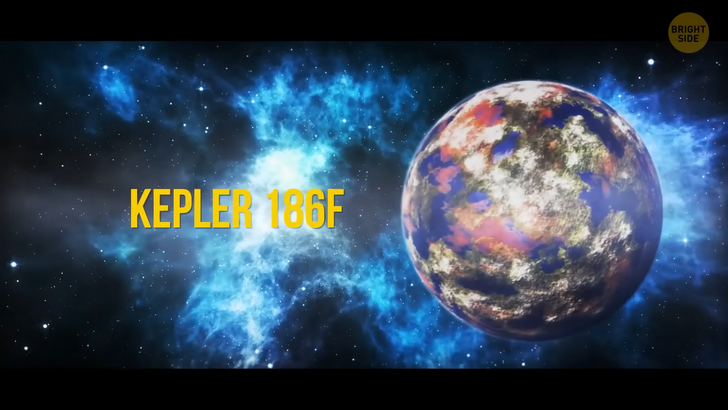
You’ll probably say, “But won’t it be harder to walk there, and even harder to get out of bed on Monday?” Of course! But on the other hand, this planet will pull the atmosphere better. The atmosphere will be thicker and denser. This means more protection from the scary space stuff, more oxygen, and more heat. Not to mention the fact that the bigger planets have more space to settle! Awesome, right? But, of course, the Earth’s size is also an excellent choice.
Another cool fact is that the tilt of Kepler 186f is about the same as ours. It means that there should be stable seasons and a normal day-night cycle. Do you know how important the tilt of the planet is? Let’s look at Mars. Mars is also, in fact, found in the habitable zone of our Sun. But its tilt is very unstable, and as a result, the entire ocean that could’ve been on it once now completely dried up.
Today it’s just a red desert, and there is no life there. At least not as far as we know... But you see how important these tiny details are? This planet is also quite far away from us — 490 light-years. It’s about 3 quadrillion miles. So yeah, we’re just going to keep waiting for intergalactic travel.
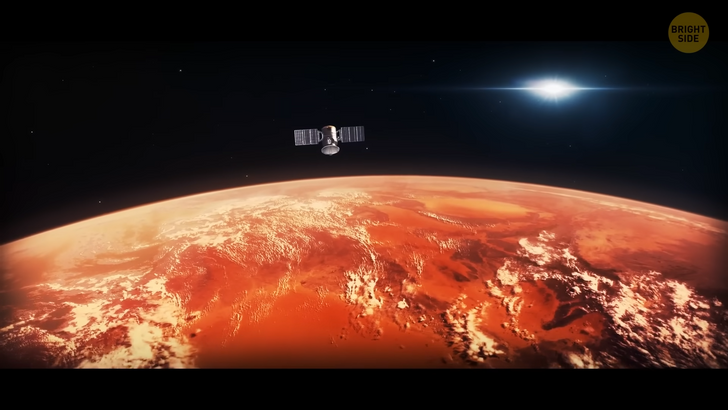
Kepler 62e and Kepler 62f. These planets were called “the most Earth-like” before we discovered Kepler 186f. They’re very comparable to our home. Kepler 62e is about 1.5 times larger than Earth, and Kepler 62f is just slightly smaller than that.
They’re located in the constellation Lyra, about 1200 light-years away from us. They both also orbit a red dwarf. One year on Kepler 62e lasts about 122 days — even less than on that first planet we’ve talked about. Scientists believe that both 62e and 62f are sort of “water worlds” — warm places mostly (or even completely) covered with water. If there is land there, it’s probably just some islands.
A world consisting entirely of islands... a fantasy dream for some (think Hawaii!) and a nightmare for others (think Megalodon!). But if you’re a fan of ancient marine animals, just imagine how gigantic they could be there! Still there are many things we don’t know about this planet. Does it have a surface? What is its composition? Density?
One day, maybe we’ll be able to answer these questions. And so, that’s it for the super-Earths. Of course, the original list is much longer, and you can go check it out on the Internet. The best thing about all this is that these are the planets that are BETTER than the Earth... But we also know thousands of other exoplanets that are “just close enough” to ours.
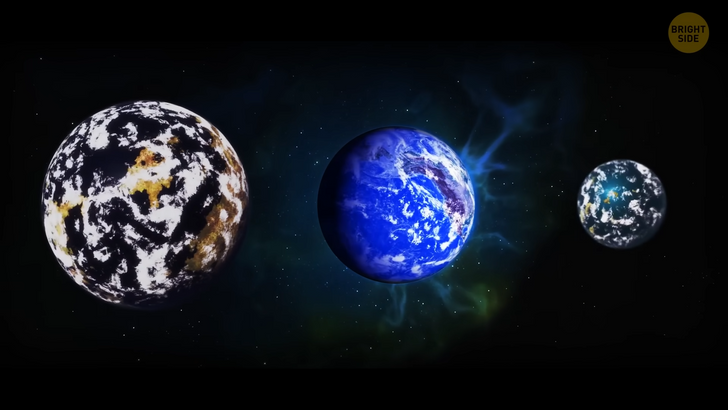
And the odds are, a few of them have at least some form of life! But they’re very, very far away, so we have no way to check it right now... Perhaps down the road, we’ll find some cool creatures on many of them.

